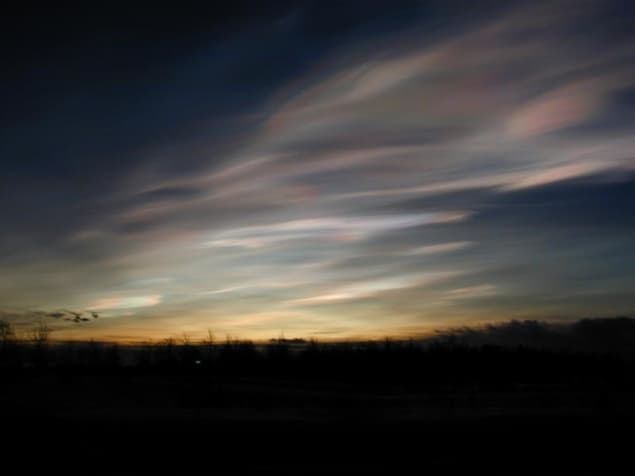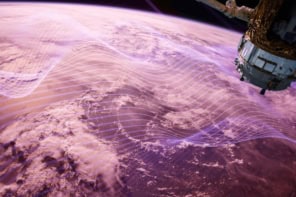
Much of the flattening in global temperature rises seen over the last decade can be attributed to a reduction in the concentration of water vapour in the lower stratosphere, according to a group of US climate scientists. Conversely, it is likely that a significant part of the warming observed during the 1990s was due to a rise in such concentrations. The inability of current climate models to incorporate these effects represents a significant weakness in those models, say the researchers.
Global average temperatures on the surface of the Earth have increased by about 0.13° per decade over the last half century. In its 2007 assessment of global warming, the Intergovernmental Panel on Climate Change (IPCC) concluded that it is very likely that most of this rise is due to the accumulation of manmade greenhouse gases, such as carbon dioxide and methane, in the atmosphere. However, water vapour, which is responsible for some 60% of the overall greenhouse effect (needed for human existence), also contributes to global warming via feedback effects.
These effects are relatively well understood in the lowest level of the atmosphere, the troposphere, where increased warming leads to greater evaporation, causing more water vapour and so further warming, although this is offset to some extent through the formation of clouds that reflect incoming sunlight back into space. However, the climatic effects of water vapour in the layer immediately above the troposphere, the stratosphere, are not well understood.
Difficult to model
Scientists know that levels of water vapour have been steadily rising in the upper part of the stratosphere owing to the oxidation of methane that has been building up there since the industrial revolution. But understanding what happens lower down is more difficult. Water vapour is transported upwards from the troposphere but that transport is controlled by temperatures in a thin boundary layer in the tropics known as the tropopause. Unfortunately, modelling this process accurately requires a vertical resolution greater than exists in most climate models.
To work out how much global warming these models might be missing by not tracking the fluctuating levels of water vapour in the lower stratosphere, Susan Solomon and colleagues at the National Oceanic and Atmospheric Administration’s Earth System Research Laboratory in Colorado, together with Gian-Kasper Plattner of the University of Bern in Switzerland, took the observed changes in these concentrations, worked out the heating or cooling effect of these changes and then plugged the resulting numbers directly into a model.
Using satellite data showing a 10% drop in concentrations over the last decade, the researchers found that global surface temperatures rose some 25% more slowly than they would have done had water vapour levels remained static – an increase of 0.10° rather than 0.14°. Applying the same approach to data collected by balloon-borne atmospheric instruments, showing a rise in water-vapour concentrations between 1980 and 2000, the group found that global warming in the 1990s had been enhanced by about 30%.
Long-term negative feedback?
Solomon and colleagues say they don’t know what is causing these changes in concentration. A possible correlation with tropical sea-surface temperatures suggests that levels of stratospheric water vapour might respond systematically to global warming, providing a long-term negative feedback to such warming (since warmer seas in the tropics reduce the transfer of water vapour from the troposphere to the stratosphere). But it is also possible that such concentration changes only take place over a period of a decade and therefore do not provide a long-term check on climate change.
Indeed, Gavin Schmidt, a climate scientist at NASA’s Goddard Institute for Space Studies in New York, points out that the El Niño event of 1997–1998 might have moistened the lower stratosphere more than usual, with the result that this part of the atmosphere has been drying ever since. Alternatively, he says, the cause might be increases in aerosol emissions in Asia, since these have affected temperatures in the tropics.
No matter what the origin is, however, Karen Rosenlof, a member of Solomon’s team, says it is now clear that stratospheric water vapour has a significant effect on global warming and that models’ inability to take this effect into account is a significant failing. “Given the calculated 25% drop in decadal warming,” she points out, “you could say that these models are only 75% right.” But she maintains that this result does not mean that the IPCC is barking up the wrong tree. “It doesn’t change the conclusion that global warming is manmade,” she says.
The research has been published online in Science.



